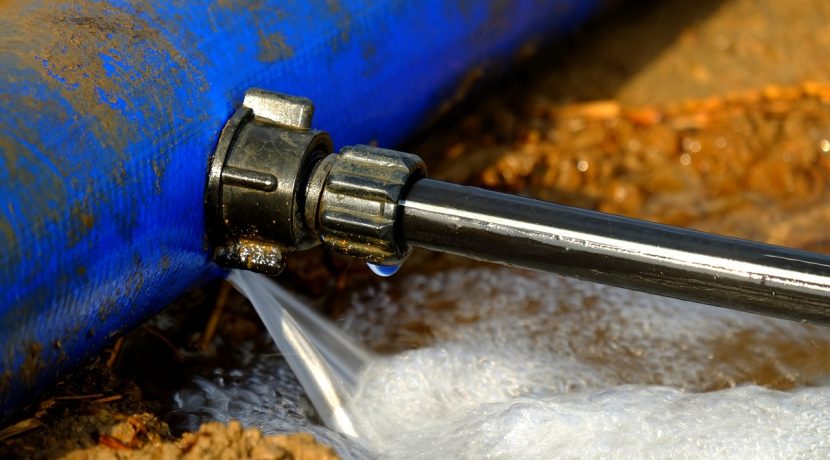How to Fix Water Pipe Leaks & Problems
How to repair water supply pipes, including burst or leaking pipes, noisy or frozen pipes, including information on how to locate underground pipe leaks
Water leaks and broken pipes can be a big problem for any homeowner. Because water in supply pipes is under pressure (normally about 50 pounds per square inch), if a pipe or fitting springs a leak, the water usually sprays out with considerable force. Because of this pressure, it’s usually pretty obvious if a pipe is leaking—even if the pipe is inside a wall or above a ceiling.
The first thing to do is find the valve that controls the water supply to that pipe. For more about this, see How to Shut Off the Water Supply.
Most modern home water supply pipes are copper, soldered together with elbows, tees, and other fittings. Threaded galvanized iron pipes are also common, particularly in older homes, but are being phased out because they tend to get clogged by mineral deposits over time.
If water is staining the ceiling or dripping, the leak may be directly above, although water can travel along a joist or other interior framing member and stain a wall or ceiling some distance from the leak itself. If there are no stains or drips overhead as evidence, grab a flashlight and check the pipes in the basement or crawlspace.
It always helps to have a pipe repair clamp on hand just in case a pipe bursts—especially if you live in a climate where pipes are likely to freeze. You can buy these quick-repair screw-on devices at any home improvement store or online. To fix a leak:
1. Shut off the valve that controls water flow to the damaged pipe (see How to Shut Off the Water Supply).
2. Apply a pipe repair clamp according to the package instructions—this usually involves centering a rubber sleeve over the leak in the pipe and then bolting the two-part clamp in place over the sleeve. In a pinch, you can make your own pipe repair clamp by wrapping the burst section of pipe with a strip of rubber (from an inner tube, for example) and then clamping the wrap with an adjustable hose clamp, a pipe-sleeve clamp, or a C-clamp.
3. Note that this is a temporary repair. Call a plumber if you are unable to replace the damaged section of pipe yourself. For more information about fixing a copper pipe, see How to Cut & Solder Copper Pipe.
All rights reserved to the initial publisher for hometips.com
Collected and published by Arms &McGregor International Realty® editorial team. Get in touch with us at [email protected]

